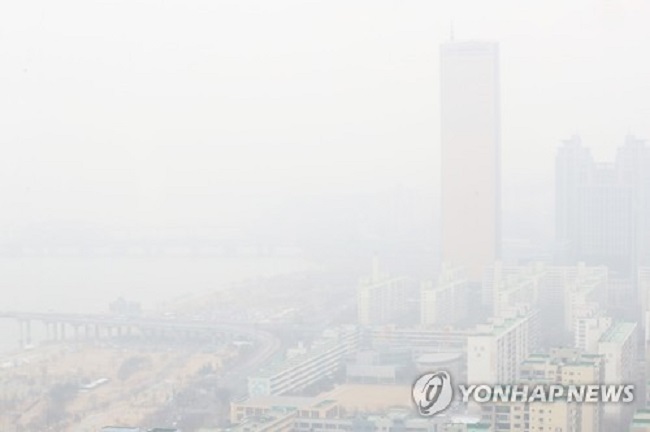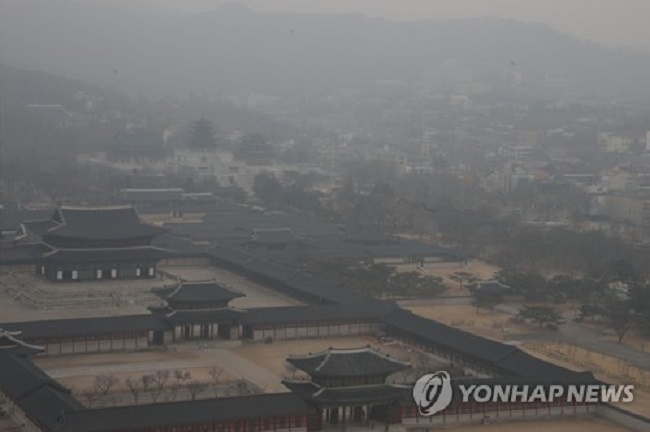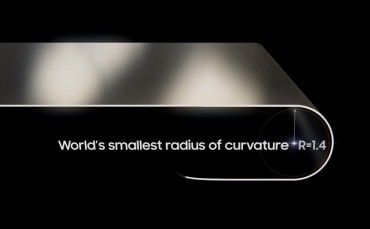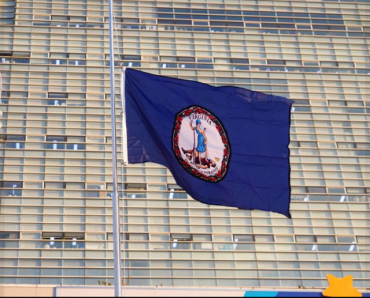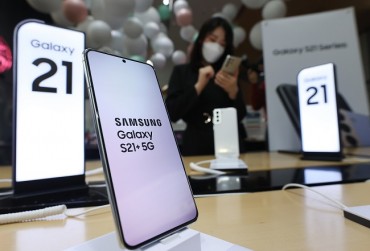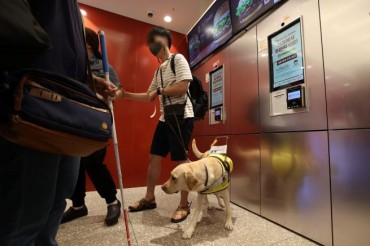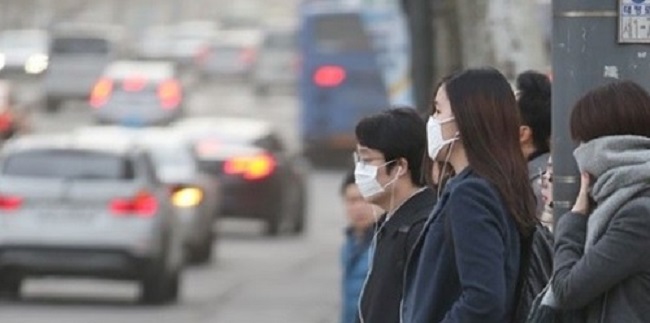
Though sales of dust masks have skyrocketed in the past month as the country has resurfaced after being blanketed with periods of terrible air quality, a survey has found that most South Koreans consider masks to be too expensive. (Image: Yonhap)
SEOUL, Jan. 5 (Korea Bizwire) — Though sales of dust masks have skyrocketed in the past month as the country has resurfaced after being blanketed with periods of terrible air quality, a survey has found that most South Koreans consider masks to be too expensive.
With some going as far as to say “to inhale less fine dust, one has to be rich”, voices have said the government should subsidize dust masks to protect all citizens and not only those who can afford the masks.
The serious problem of recurring air pollution — mainly but not restricted to elevated concentrations of fine particulate matter (PM2.5) — once again reared its head last month. On January 20, AirKorea (Korea Environment Corporation) measured fine particulate matter concentrations of 293 ㎍/㎥ in western Seoul’s Yeongdeungpo District and 275 ㎍/㎥ in eastern Seoul’s Seocho District, at least five times the “bad” level of 50 ㎍/㎥.
The beyond “very bad” levels of PM2.5 (100 ㎍/㎥) drove many South Koreans to snap up dust masks. From January 1 through January 21, online e-commerce platforms Gmarket, Ticketmonster and Wemakeprice reported 172 percent, 708 percent and 49 percent higher sales of masks compared to the year before, while big-box retailer E-Mart recorded a 171.3 percent bump in revenue from dust mask sales compared to the same period last year (January 1 through January 22).
While the frenzy for masks has translated to big earnings for retailers, consumers are left feeling stiffed due to what many perceive to be exorbitant prices.
In a survey that was conducted by the Green Health Network in November, 7 out of 10 who participated responded that they thought dust masks were either “somewhat expensive” (54.3 percent) or “too expensive” (20.2 percent).
Though a wide range of dust masks are available on the market, only those that come with the “KF” label — meaning the mask’s protective qualities have been tested and verified by the Ministry of Food and Drug Safety — are recommended by health authorities.
(Functional) masks are divided into three distinctions: the KF80, the KF94, and the KF99. Respectively, they refer to masks that block out 80 percent, 94 percent and 99 percent of fine dust, and they cost on average 2,970 won, 3,200 won and 7,500 won (out of 54 most widely purchased masks).
With poor air quality lingering for extended periods of time, consumers are faced with either recycling these disposable masks over and over, or purchasing them in bulk.
Though some may opt for buying cheaper masks that have not received the vote of approval from health and safety inspectors, these masks as a whole do a considerably worse job in keeping one’s breath pristine from pollutants.
Stuck with having to make the decision on whether to save on a good mask and risk exposure to hazardous chemicals or to pay what it takes to maintain some measure of good breathing air, South Koreans are choosing to open their wallets.
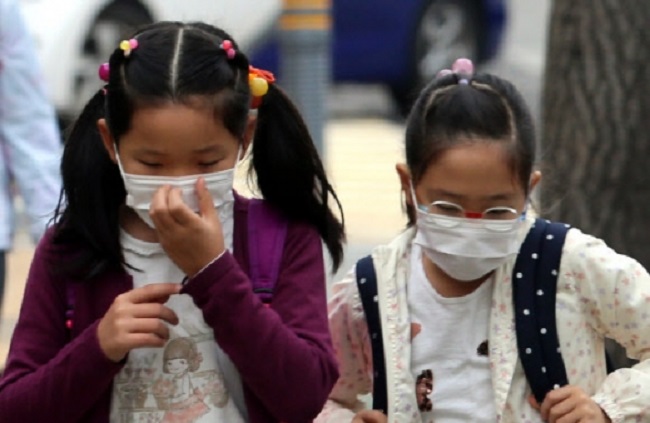
She revealed that she had bought 120,000 won worth of masks priced at 2,000 won each (60 total, one to use for every two days per family member). (Image: Yonhap)
Money Today interviewed one 44-year-old working mom with a family of four on the topic of disposable masks. She revealed that she had bought 120,000 won worth of masks priced at 2,000 won each (60 total, one to use for every two days per family member). The woman said, “Normally we can’t use disposable masks for too long so we have to regularly replace them with new ones. Nowadays, the fine dust levels are almost always high so the financial toll [caused by the masks] is a problem.”
Going beyond the undesirable effect of having to foot a hefty bill, others have pointed out that the prices put dust masks out of reach for individuals in the lower socioeconomic levels of society, dooming them to face dangerous levels of air pollution without suitable protection.
One individual working at a children’s center in Cheonan City told Money Today, “It is difficult for low-income individuals leading a hand-to-mouth existence to buy fine dust masks, and thus they have no choice but to suffer exposure to harmful elements. If the government at the national or local level supplied masks to these individuals it would be a big help.”

“If the government at the national or local level supplied masks to these individuals it would be a big help.” (Image: Yonhap)
Authorities seem to have identified lack of access to dust masks as a problem, as on February 1, the Gyeonggi provincial government announced that it will distribute a total of 2.8 million dust masks with KF80-level protective capabilities within its boundaries.
The province explained that it would be providing the masks to young children and seniors who are most vulnerable to exposure to fine dust, as well as other groups who fit this criteria. Each individual will be allotted six masks.
The province will order the production of these masks and plans to distribute them near the end of the month.
S.B.W. (sbw266@koreabizwire.com)


